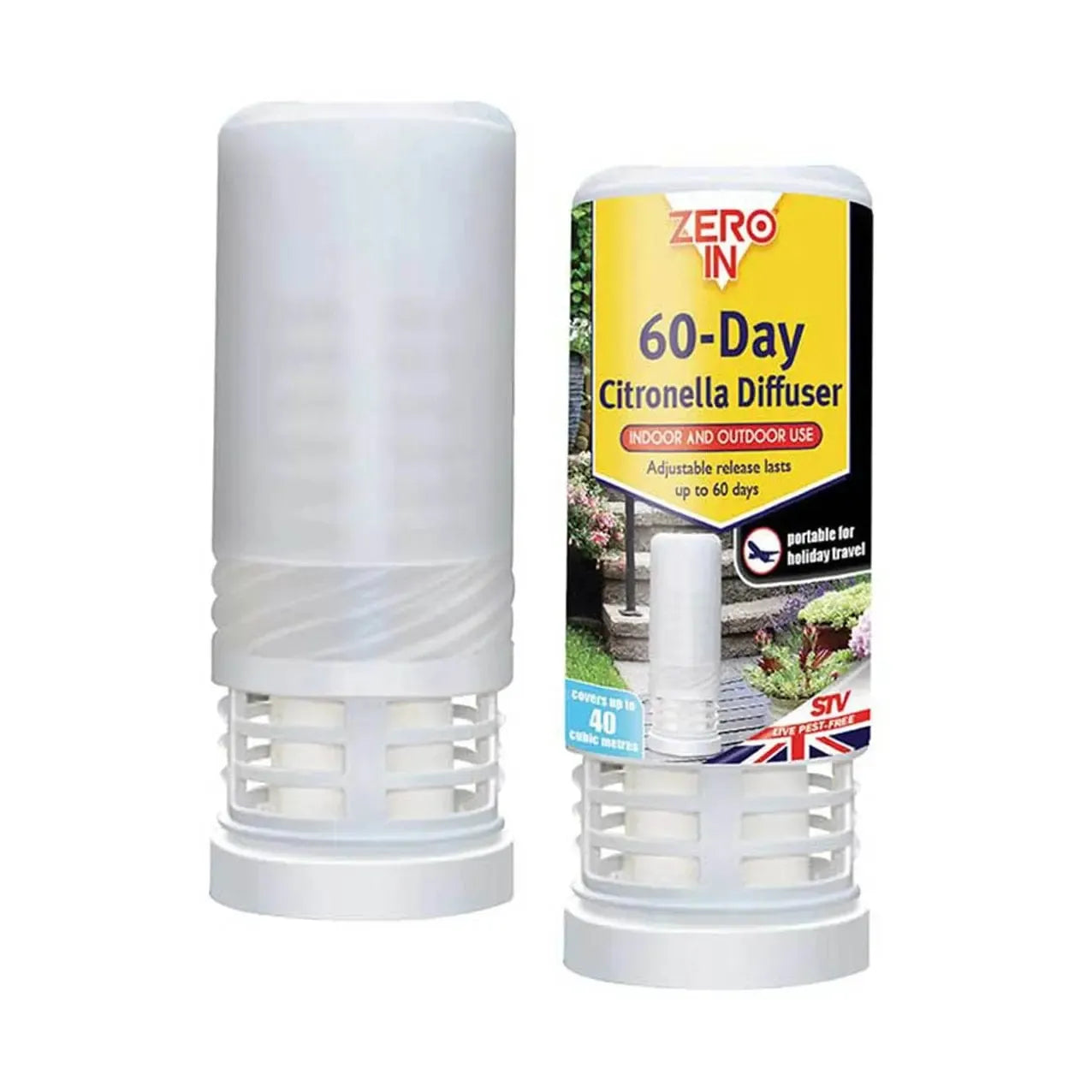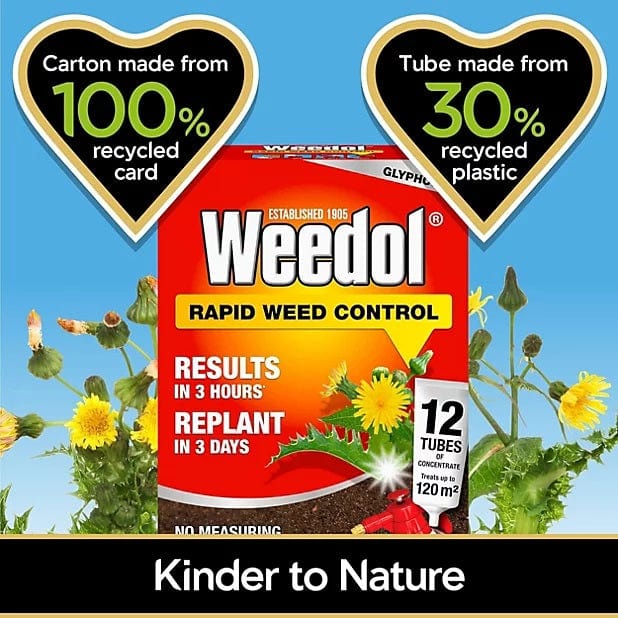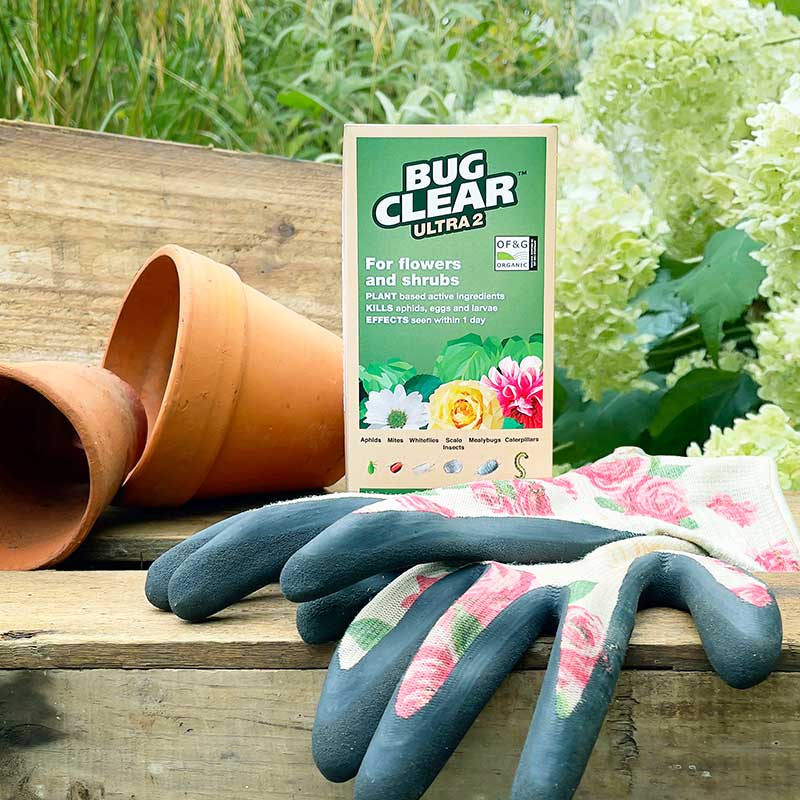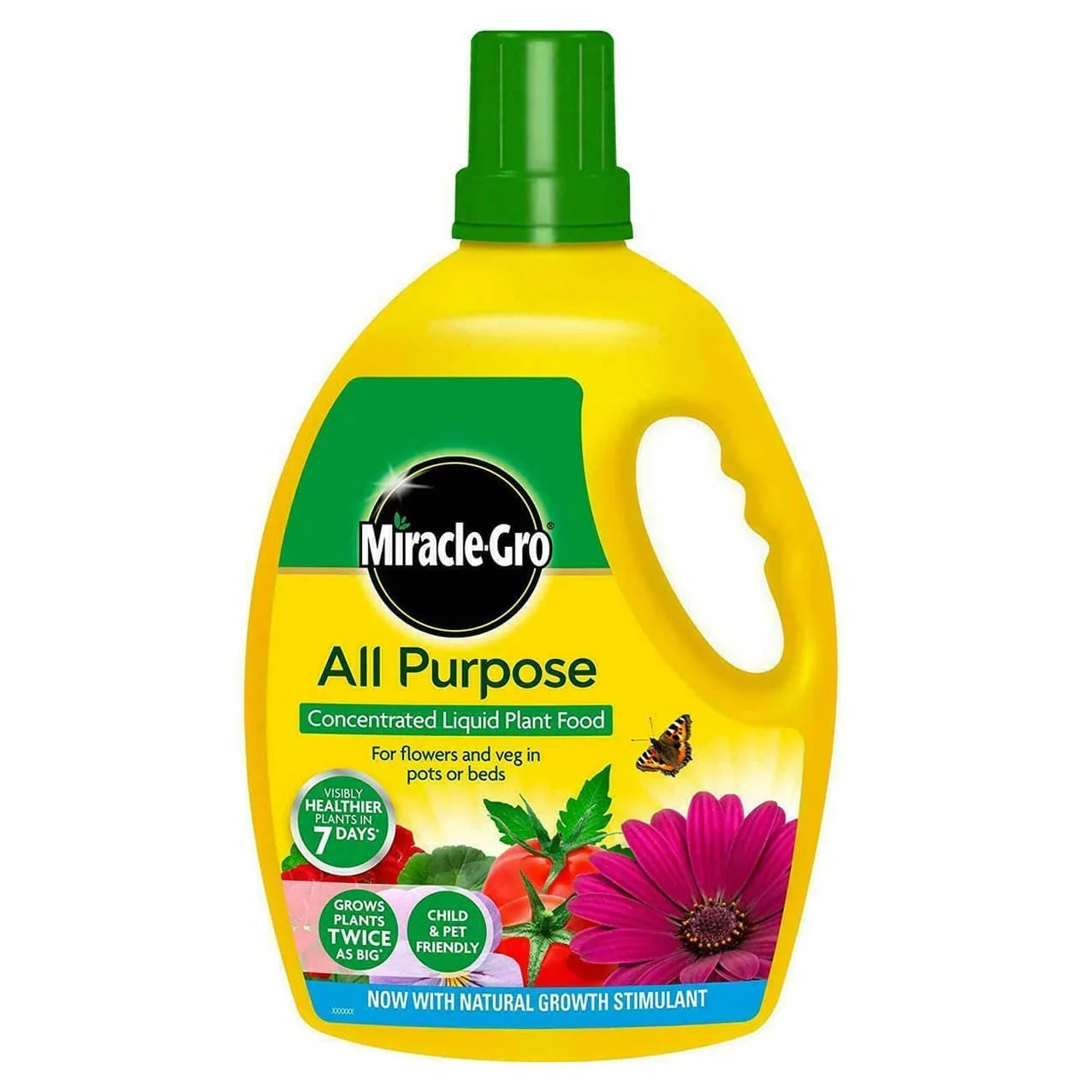Tips for Growing Healthy Vegetables
- 〡
- 〡 by Fitfit Garden

How to Grow a Superb Vegetable Garden
These days, from houses to the White House, everyone wants a vegetable garden. It's official. Growing vegetables is one of the most liked home gardening activities now for many reasons. First, the economy has made many people look for ways to spend less on groceries, and growing our own food can really help to save a lot of money compared to store prices. Another reason we want our food to be healthy is that the best part about growing your food is that it is better than anything you can get in the market.
If you're part of the 21 million North Americans trying your first vegetable garden this year, here are some tips to make you a success. Even veterans in the garden themselves, like to hear refreshed reminders about how to garden. Growing a vegetable garden is easy and requires little effort to keep your plan alive. If you practice a few simple steps, the fruits of your labor will follow soon enough.
Location is everything.
Most vegetable plants want full sun. If available, choose a spot that gets at least six hours of direct sun a day. To allow as much light as possible to your plants, place the tallest ones such as corn, tomatoes or beans on the north or west side so that they are not shading the rest.
It's all about the dirt.
The best soil for vegetables has lots of compost and organic matter, including composted leaves and shredded bark. Whatever your starting point, add organic matter to keep the soil from becoming sandy or compacted.
The mixture will be fine and firm when pressed, but will break easily if pressed. It holds an optimum quantity of small living organisms that feed your plants. It holds lots of water, but not so much that it soaks into the soil.
Water efficiently.
Most vegetables require about an inch of water per week, where most comes from rain. They prefer to be housed. Water goes directly to the roots so the soil can take it in easily and leaves use less. Leaves and wet conditions can certainly help diseases multiply quickly. An automatic timer can be a good investment to make this important job easier and less stressful.
Use mulch.
Provide three inches of organic mulch around plants and on top of irrigation lines if available. Rain heats the soil, cools it in summer and warms it in winter. It also retains moisture, suppresses weeds, and acts as a physical barrier to diseases in the soil. Mulch is attractive in the garden. Knowing where the fork comes from is necessary to use, especially in vegetable gardening. Some subjects have a lot of chemicals. Right now, there are no laws or certifications for the main subject. But a nonprofit group called the Mulch Soil Council says that mulch and bags do not have harmful chemicals. Check for their seal on the bag or ask your main tire supplier if they know where the tire supplies are from.

Have patience on pest control.
Pests are kind of a regular occurrence in any vegetable garden. But if you can be patient, nature will usually fix the problem by itself. Just remember that only about 3% of the insects in your garden can harm your plants. If you've done any of the steps I suggested, you have already helped keep your plants healthy. Healthy plants are stronger and can better fight off harmful problems. It is all right to use bugs if you need them, but be careful! They must be used by the end of the day or at night when they are needed. Do not use pesticides in the morning when bees and other helpful insects go about their work. You would kill them then. I think it is not a good idea to have chemicals in the vegetable garden! Instead, focus on cultivating varieties that like growing in healthy soil and sunny places, and let nature take its course. Most synthetic pesticides, as well as many natural or organic ones, are not discriminating and will therefore kill beneficial insects.
Do not over fertilize.
Too much fertiliser, particularly nitrogen, the first thing in the fertilizer package, leads to stunted growth and low yield and low harvest. Too much fertiliser damages the plants and soil. Use organic compost as much as possible-to 20% of the total soil. Mix it into the rest of the soil, for your plants' necessary nutrients to develop normally. The aim is feeding the soil, allowing it to nurture the growth of the plants.
FAQs
What is the healthiest vegetable to grow?
- Broccoli. This well-known dark green vegetable is very healthy, full of antioxidants that help fight cancer.
- Kale. Other leafy greens, such as kale, are extremely rich in calcium and good for the bones.
- Spinach.
- Bell Peppers.
- Zucchini and Summer Squash.
- Green beans.
- Tomatoes.
- Blueber
What is the most significant aspect of vegetable farming?
The most important thing is the amount of sunlight. No vegetables grow in the shade.
It should be given proper care to aid in the development of all parts.
The sun's intensity is the only parameter. No vegetable grows under the cover of shade.
What are the best conditions for growing vegetables?
It should state where to plant, what vegetables to grow, and how to take care of the crops. Consider these aspects while planning. Most vegetables thrive in direct sunlight. However, some vegetables such as lettuce, cabbage, and radishes, prefer cooler weather.
What Are the Healthiest Vegetables?
- Spinach.
- Carrots.
- Sweet Potatoes.
- Broccoli.
- Kale.
- Green Peas.
- Tomatoes.
- Brussels Sprouts.
How to Start an Organic Vegetable Garden?
- Begin with organic garden soil and mulch.
- Use an Organic Garden Fertilizer.
- Seedling shopping tips.
- Organic Raised Beds.
- Practice Crop Rotation.
- How to Select Weeds.
- Tidy up your garden.
- Water Wisely and Give Plants Air.













